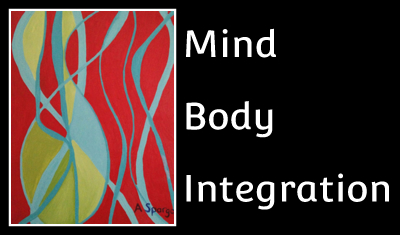Chances are if you are experiencing a racing heart, restlessness, irritability , nervousness, insomnia, mood swings, feeling overwhelmed you may also be experiencing gas, nausea, bloating, brain fog, diarrhea , sugar cravings , headaches, muscle pain , leaky gut, autoimmune disfunction or IBS.
When it comes down to the basics, stress is bad for you. You’re body regulates stress in the Autonomic Nervous system which regulates heart rate, blood pressure, breathing and digestion. The Autonomic Nervous system has 2 parts the Sympathetic Nervous system, where the fight or flight stress response tells the brain that you do not feel safe, and the Parasympathetic Nervous system, the come back down response of rest, relax and restore. With constant and repeated stress in our lives the body has trouble regulating the Autonomic Nervous system.
The physical aspects of worry and stress develops as a habit of contraction of the body. So adrenalin and cortisol levels increase, the muscles of the neck, shoulders, arms and hands tense often we pull the legs up unconsciously to protect the abdomen as in the foetal position. As tension increases smooth muscles get tense and heart rate increases. repeated stress takes a toll and can lead to burn out and changes in posture from repeated episodes and the body trying to defend and protect itself from stress.
So Super charging the Parasympathetic Nervous System is key to unloading stress. So to do this involves calming the Vagus Nerve. The Vagus Nerve is essentially responsible for the mind body connection. It is the longest Nerve in the body and has branches to all the major organs from the brain to the colon. It works as the connection part of us between the thinking brain and feeling emotions.
So the Vagus Nerve listens to the way we breathe and adapts the heart rate in response. When we breath slowly the heart rate also slows. Exercises which slow the mind body connection and bring us back into the present moment are useful in regulating the Parasympathetic nervous system.
A simple exercise of orientation can help calm your Vagus nerve. By simply noticing where abouts in a room you are sitting and noting what is immediately around you? What colours you can see? Then can you can send your gaze beyond where you are and into a distance and focus there for a moment all the way to the horizon if you are able. This can shift your perspective and centre you in the present moment?
Anything closed in like screens and small rooms tend to make you feel closed in as well. Moving your gaze beyond your immediate area to a window or out to the horizon can calm breathing and heart rate. Also slowing eye movement helps with calming and rapid eye movements can be an indicator for stress.
We are always looking for instant and fast paced changes to health and lifestyle. The quick fix. This is not the pace that the Parasympathetic Nervous system or the Vagus Nerve work. Any changes need to slow relaxed and manageable to be effective. With this in mind here are some Kinesiology goals which may help improve you’re health and stress levels.
- I am calm and relaxed as I make good choices in my own best interests.
- I am safe, supported and loved.
- I calm my nervous system and allow healing.
- I continue to improve the way I manage stress and develop effective long term health .





